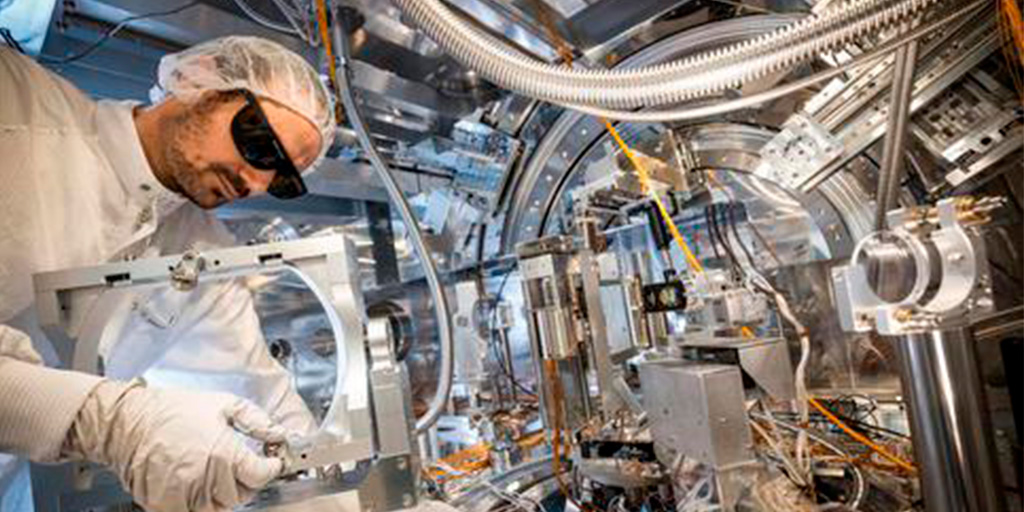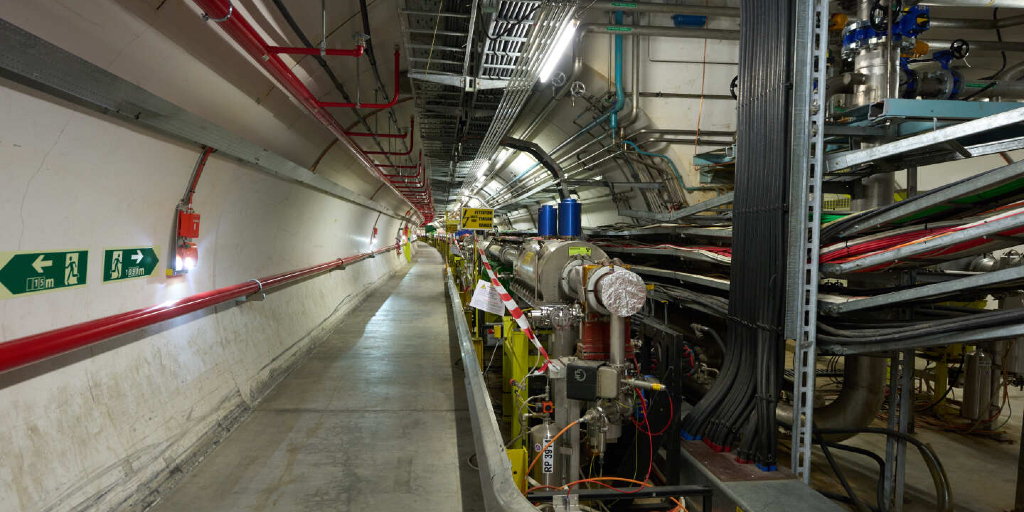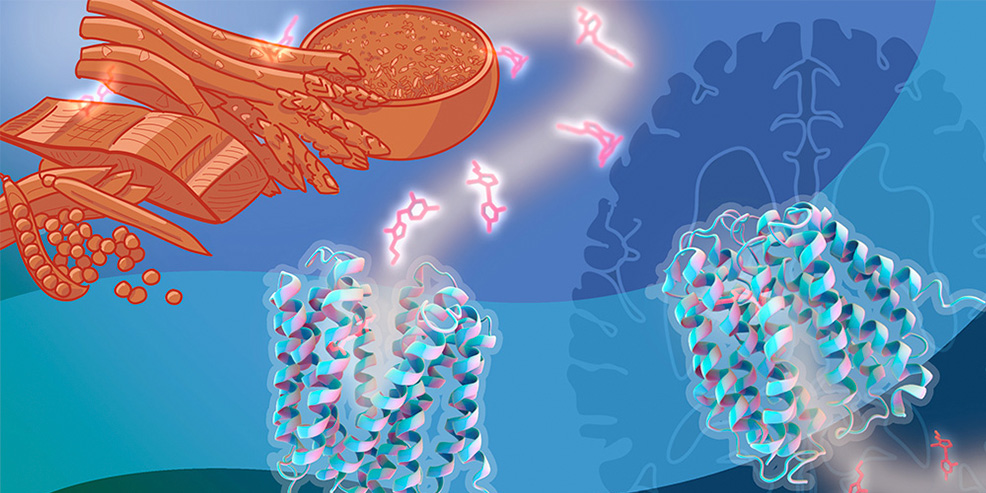Researchers at European XFEL have developed an innovative method to study warm dense matter with unprecedented accuracy. This kind of matter, that exists between condensed matter and plasma physics, can be found, for example, in astrophysical objects or is created during inertial confinement fusion. For the contributing scientists at the Center for Advanced Systems Understanding (CASUS), this advancement is a great aid to their mission of lifting the analysis of warm dense matter onto a solid foundation.
Studying astrophysical objects is a major challenge. Extreme conditions prevail there: high temperatures and immense densities. Here on Earth, the same applies to the investigation of inertial confinement fusion capsules during the implosion phase. At the High Energy Density (HED) instrument of European XFEL these conditions can be prepared there using the powerful drivers provided by the HiBEF consortium (Helmholtz International Beamline for Extreme Fields). Coupled with the brilliant X-ray flashes of the European XFEL, scientists can now study this exotic state of matter more closely than ever before.
Warm dense matter: an exceptional phenomenon
We normally think of matter here on Earth as existing in either a solid, liquid or gaseous state. Further afield in space, matter existing as a plasma can also be discovered, characterized as a hot and ionized gas. However, at high temperatures and immense densities, like that found in stars or when meteors crash onto planets, matter cannot be easily described as solid, or as a plasma and is instead named warm dense matter. Warm dense matter is too hot to be described by the physics of condensed matter and too dense for the physics of plasma. Typically, warm dense matter occurs at temperatures of 5,000 to several 100,000 Kelvin and pressures of several hundred thousand times greater than atmospheric pressure.

About European XFEL
The European XFEL is a 3.4 km long research facility extending from Hamburg to the neighbouring town of Schenefeld in the German Federal State of Schleswig-Holstein. With its repetition rate of 27,000 pulses per second and a peak brilliance a billion times higher than that of the best synchrotron X-ray radiation sources, the European XFEL enables the investigation of scientific problems in a variety of disciplines, including among many others: Structural Biology, Chemistry, Planetary Science, the study of matter under extreme conditions.
Researchers at European XFEL have developed an innovative method to study warm dense matter with unprecedented accuracy. This kind of matter, that exists between condensed matter and plasma physics, can be found, for example, in astrophysical objects or is created during inertial confinement fusion. For the contributing scientists at the Center for Advanced Systems Understanding […]



